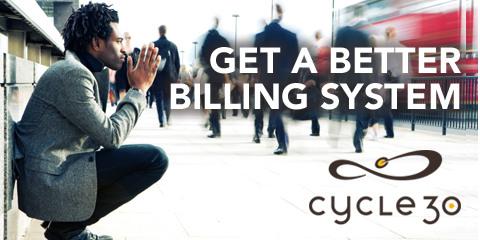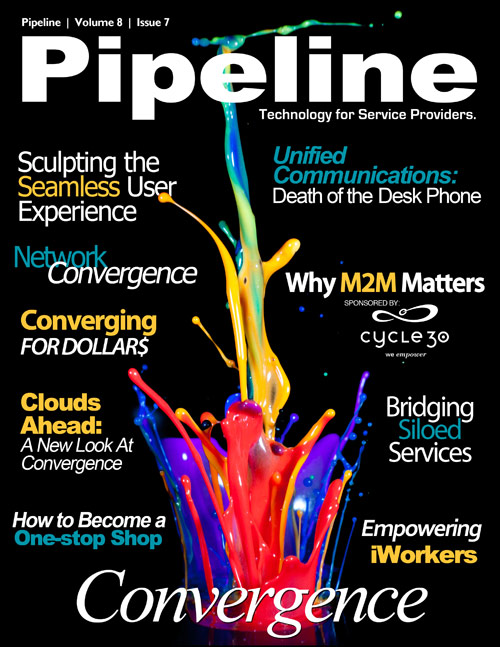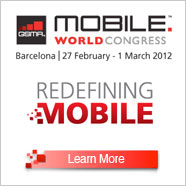By: Tim Young

Convergence: For a washed-up marketing term, it still has a way to go before it fulfills its promise. Since the first time the word was uttered in reference to the communications space, through its flurry of dotcom-era buzz and its eventual decline from overuse and periodic reemergence, convergence has been a catch-all term for a very good idea. It's the idea of a user-experience that is well-integrated and seamless from the moment a prospective customer begins shopping for service, through activation, provisioning, customer care, service changes, rating, charging, billing, and every other piece of interaction between customer and device, network, and service provider.
For a long time, this seamless user experience was focused on voice. Fixed-mobile convergence meant that customers could roam freely with a single device and be charged according to the network location of their calls, rather than the device on which those calls were made. The charges would be handled appropriately, paired with charges for other products used by the customer, and the whole enchilada would be sent out on a single bill.
Well, not only has this single-bill, single-device environment failed to emerge in the voice space, end-users have gone and made the whole interaction even more complex by demanding that other service (video, most notably) be offered in the same seamless way that fixed-mobile convergence was to provide voice service.


Furthermore, both enterprise and consumer-market subscribers are increasingly interested in being able to access not only voice and video from any device at any time, but are also interested in having the same level of access to personal data, regardless of their location or the device they're using to access the data. Ideally, that personal data, along with video programming, music, contact lists, messages, and other bits and bytes that a user might want to access, should be kept somewhere safe and accessible. And these days, you can't talk about some place safe and accessible without talking about the cloud (a data concept that is named after a natural phenomenon that is neither safe nor accessible, but that's neither here nor there).
In endeavoring to characterize the nature of the internet of tomorrow, the UK's national innovation agency, the Technology Strategy Board, defines "The Future Internet" as, "an evolving convergent Internet of things and services that is available anywhere, anytime as part of an all-pervasive omnipresent socio–economic fabric, made up of converged services, shared data and an advanced wireless and fixed infrastructure linking people and machines to provide advanced services to business and citizens." (The entire report is available as a PDF here, and kudos to DarkStar Cloud's blog for pointing us in that direction.)
Converged services. Shared data. An advanced wireless and fixed infrastructure. This isn't just a vision for the future of the internet. It's a vision for the future of communications. As many service providers edge closer and closer to an all-IP environment, they are extremely well-prepared to not only facilitate, but to directly fulfill this vision of the future of communications.









